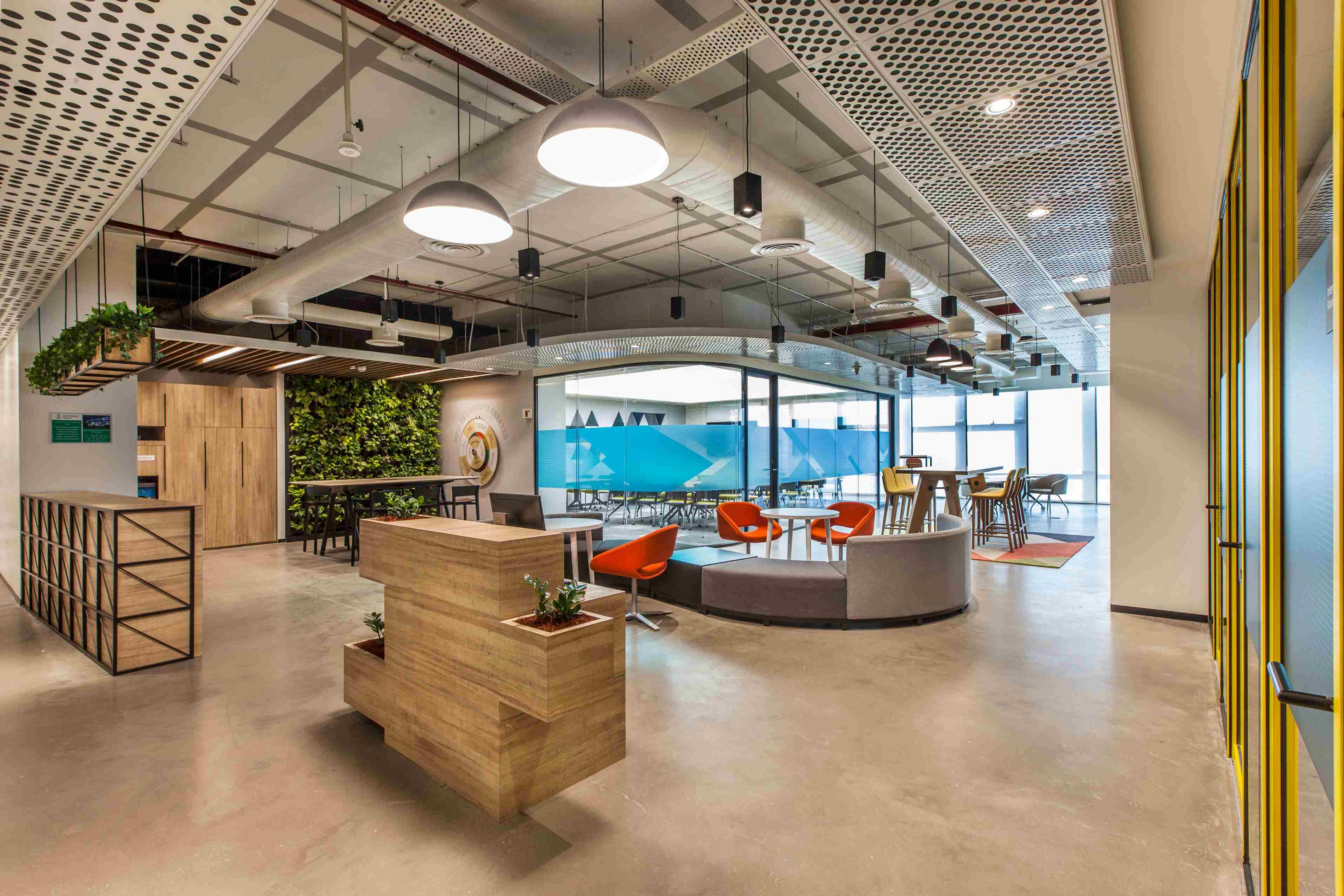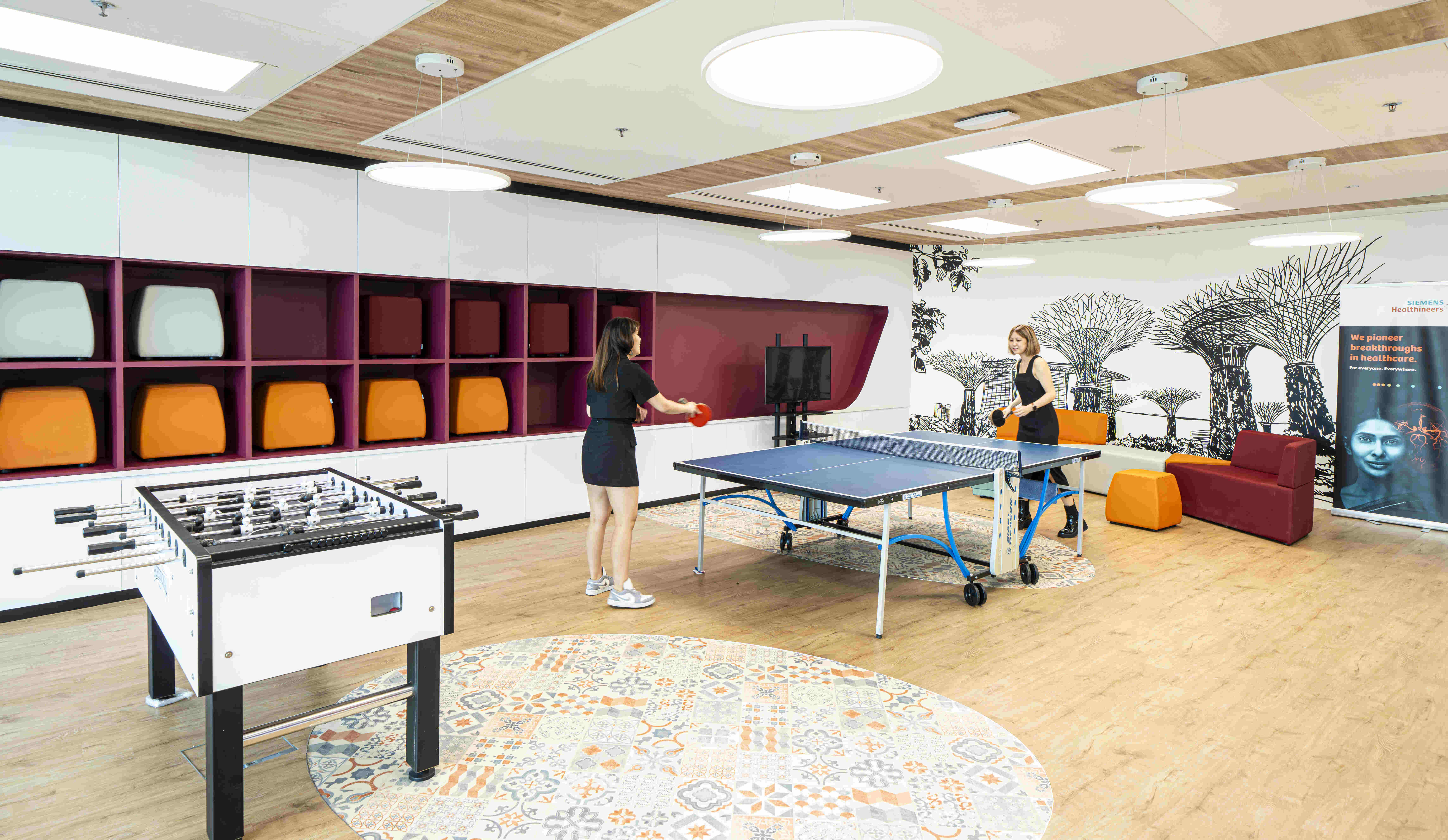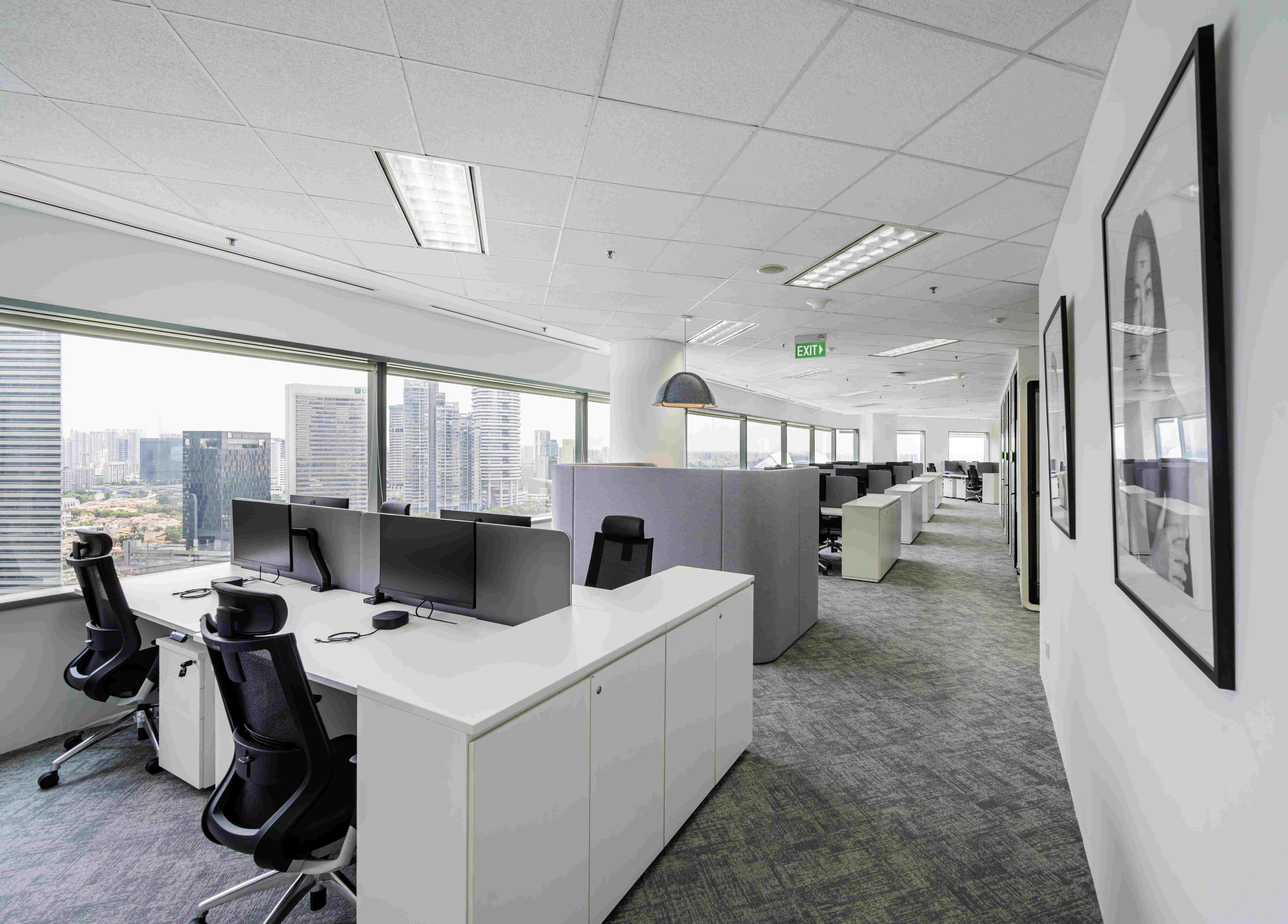The rise of India’s Tier 2 & Tier 3 cities, and its implications for office design
It is a tale that plays out often enough - a bright, young student grows up in a small town in India, works hard in school and excels academically. With sparkling ambitions and an impressive report card, moving to the nearest metro city is the next logical step. Life in their hometown may be idyllic, but the academic and career opportunities of a big city are too good to pass up. And so they make the move.
Today, this old trajectory often sees a reversal - after living in metro cities for a couple of years, many millennials are moving back home. Tier 2 and tier 3 cities in India are emerging as business hubs, opening up fantastic job opportunities. Thanks to technological advancement, smaller towns are rapidly catching up with the metros in terms of convenience and quality of life. Now, one does not necessarily need to shift to a bigger city in order to fulfil their dreams.
Exploring the reasons for this business boom:
For startups
Prohibitive rents and high operational costs in a metro can be massive deterrents for those just setting up a new business. In comparison, startups find that these initial costs are much lower, skilled personnel more affordable, and local authorities a lot friendlier in tier 2 and tier 3 cities. The new availability of coworking spaces in smaller towns makes it even easier for startups to function without a heavy initial investment.
Moreover, in recent years, the government has put a sharper focus on funding incubators and supporting innovation. Programmes like Startup Chhattisgarh and Kerala Startup Mission have set the momentum going for entrepreneurs in smaller Indian cities.
For multi-national firms
In recent years, tier 2 cities like Jaipur, Patna, Indore and Surat have recorded an economic growth rate of over 40%, making them attractive options for larger firms. Setting up operations here bring financial advantage at multiple levels. Larger spaces are available at lower costs, which enable these firms to operate at a bigger scale. Tier 2 and tier 3 cities also provide a vast pool of untapped talent. When properly trained, companies can enjoy a large, highly skilled workforce at a fraction of the cost compared to metro cities.
For young employees
Some millennials seek opportunities that will enable them to live closer to their families; others find that their skills are valued higher in smaller towns that are not yet saturated with talent. Financial advantage plays a huge role in this decision — the cost of living in a tier 2 or tier 3 city is considerably lower than in a metro. Those moving back in with their families can save on rent, which is a massive economic benefit for college graduates who are just starting out in their careers.
Thanks to the rise of e-commerce, delivery services and ride-sharing apps, enjoying a high standard of living has become easier than ever before — one need never feel like they’re missing out by not being in a big city.
So what are the implications of this shift on commercial office design?
1. Millennial-focused
If offices in smaller towns are to attract millennial employees, they need to look and feel as attractive as the ones in metro cities. Wellness and job satisfaction are two very important criteria for millennials everywhere. Aesthetics are as important as functionality — an office should be a space where employees feel excited to step in, every day.
One great example is Nissan’s Digital Hub in Thiruvananthapuram, which we helped design. Nissan is the first international brand to foray into Kerala, and this digital hub boasts of a 100% millennial workforce. We, therefore, conceptualised a youthful, highly aesthetic workplace strategy that wows at each turn. Be it the illuminated pillar and the rotating car platform at the reception, the stunning nature-inspired glass mediascape room across the office, or the gorgeous mezzanine meeting spaces near the work area, each nook is chic and eye-catching. Keeping in mind millennial work habits, the workspace design also includes ample collaboration zones like step seating areas and a buzzing work café.
2. Technology-enabled
When venturing into a new market, large companies often prefer setting up an office in a smaller town to make the most of the financial advantages. Many startups, on the other hand, are able to expand and set up branches in different locations after establishing themselves in a tier 2 or tier 3 city.
In both these cases, it is imperative that the headquarters, sister branches and satellite offices are all able to collaborate seamlessly. The offices need to be designed with a flawless technological setup — think phone booths for quick teleconferences, meeting rooms with interactive whiteboards for remote presentations or a central step-seating area with a big screen TV for inter-office town halls.
3. Cultural connect
When we conceptualised
Piramal’s award-winning office design in Mumbai, one of our design mandates was to create a workspace that would exude a warm, nurturing vibe. To achieve this, we introduced workplace clusters inspired by the buzzing homeliness of an Indian neighbourhood. With natural textures, vibrant colours and lots of quirky Indian motifs, the office was designed to reflect the essence of the city it is based in.
This cultural connect and feeling of community runs even deeper in tier 2 and tier 3 cities. Startups based in these cities often operate at the grassroots level and tackle more localised issues. They usually employ local talent, thereby building a community of people who are heavily invested in the company’s goal, both professionally and emotionally. Having local and cultural elements in the office design personalises the workplace experience and helps establish a close-knit community within the office.
4. Flexible design
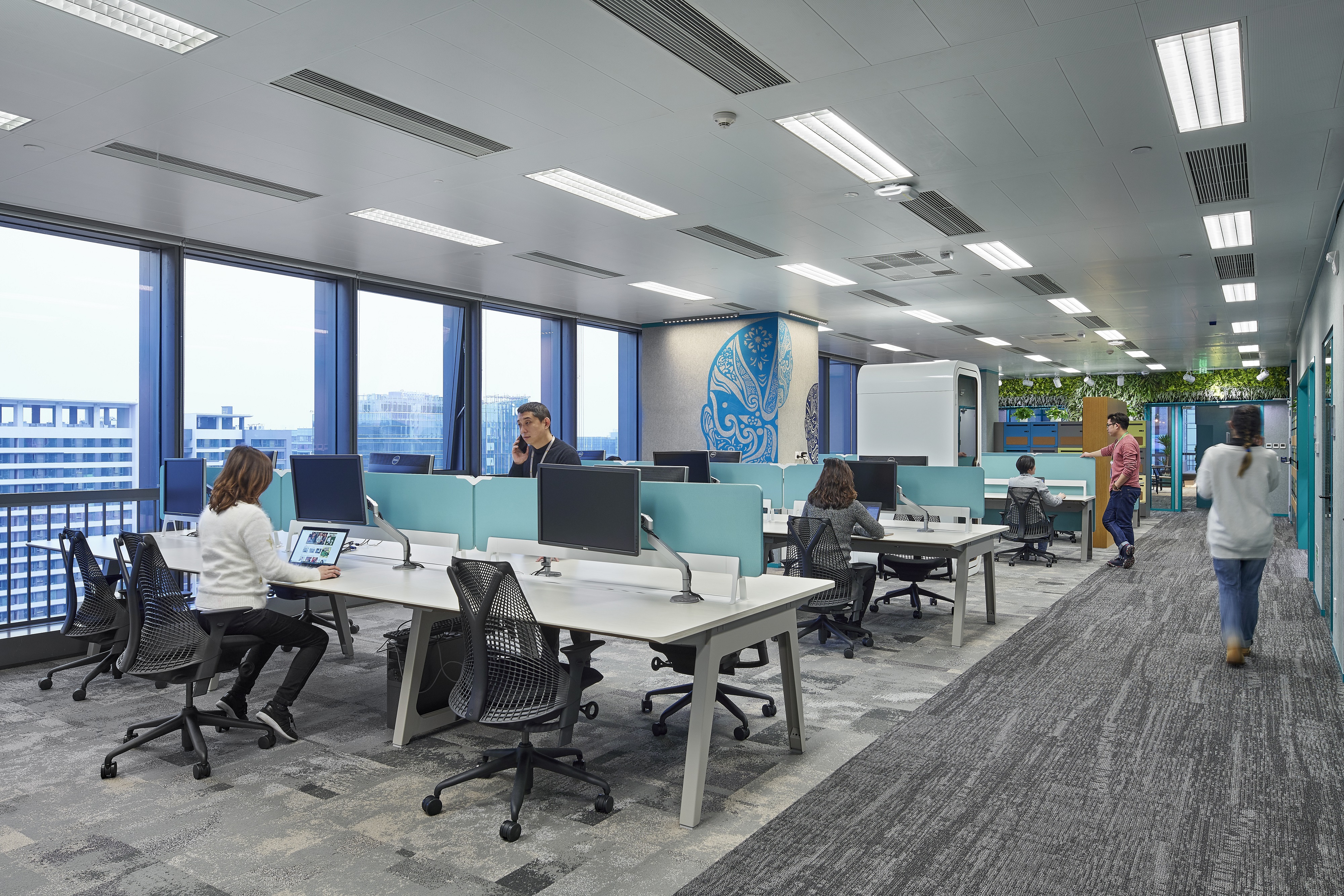
Most companies today prioritise operational flexibility. For a startup, this may mean being able to double their workforce if things go well; for a big business, this means having the freedom to shift around talent across their offices.
In these situations, a rigid office interior design would restrict growth and limit opportunities. Operable walls and flexible partitions that can segment off or open up rooms are instrumental in dynamic design. When we designed
a work hub for a leading software giant in Chengdu, flexible design was one of our top priorities. Within the given 60,000 sq. ft. of space, we had to plan and design for the company’s projected growth over the next three years. With effective space utilisation tactics like desk sharing and collaborative workspaces, we were able to meet these needs.
Looking to take your business to a tier 2 or tier 3 city?
Let us discuss the design considerations you may need to keep in mind.

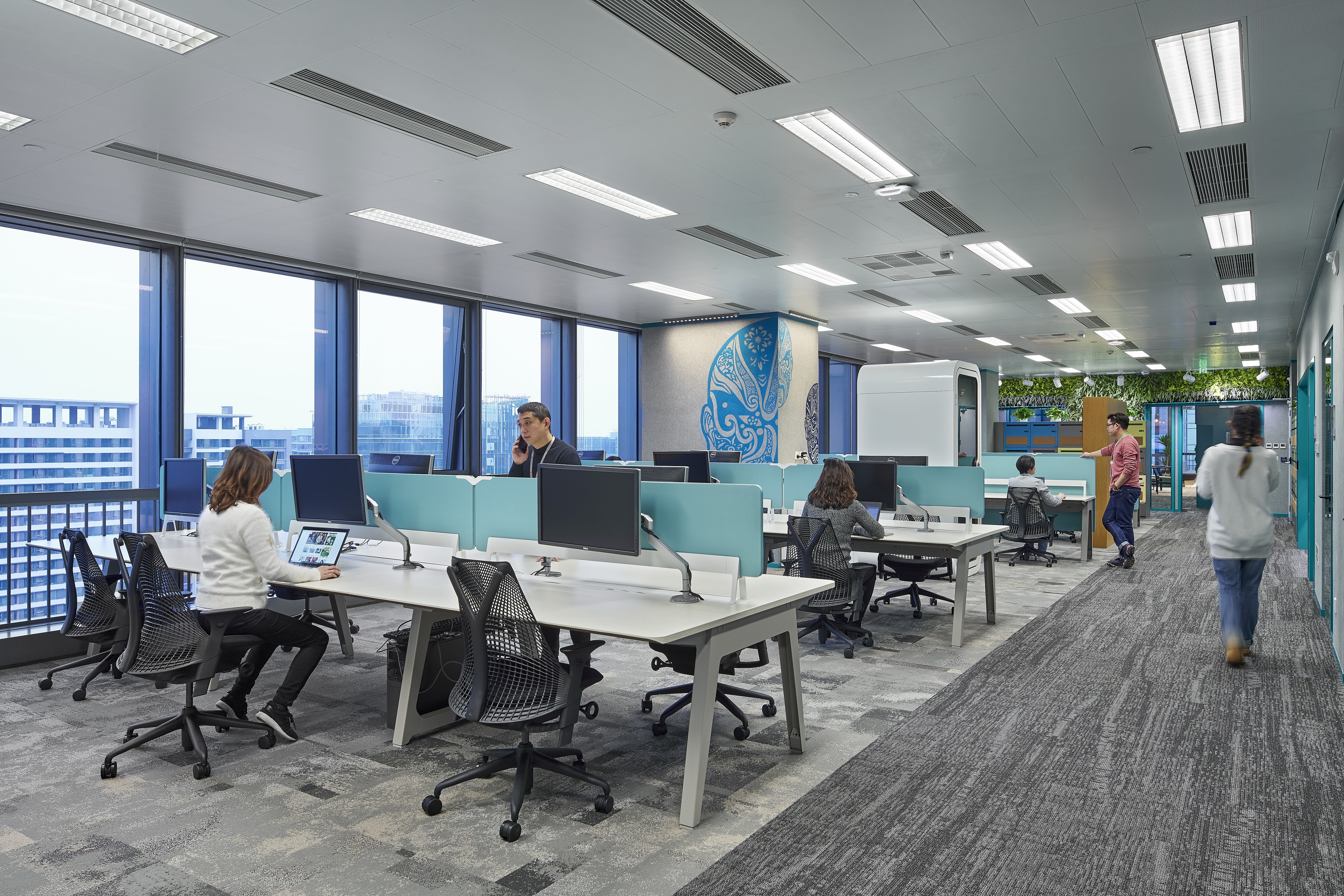
 Most companies today prioritise operational flexibility. For a startup, this may mean being able to double their workforce if things go well; for a big business, this means having the freedom to shift around talent across their offices.
In these situations, a rigid office interior design would restrict growth and limit opportunities. Operable walls and flexible partitions that can segment off or open up rooms are instrumental in dynamic design. When we designed
Most companies today prioritise operational flexibility. For a startup, this may mean being able to double their workforce if things go well; for a big business, this means having the freedom to shift around talent across their offices.
In these situations, a rigid office interior design would restrict growth and limit opportunities. Operable walls and flexible partitions that can segment off or open up rooms are instrumental in dynamic design. When we designed 